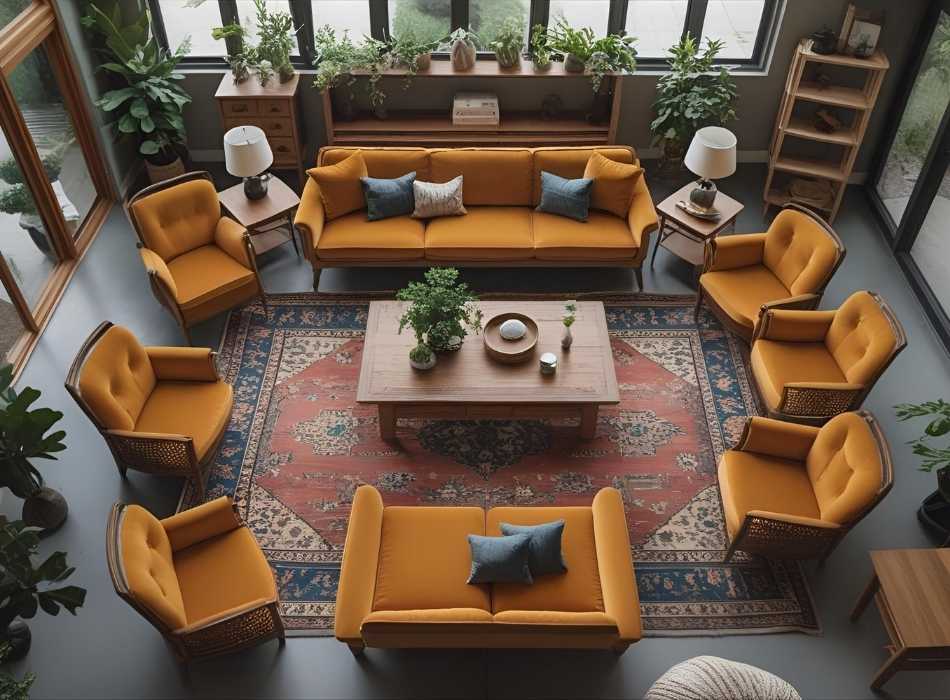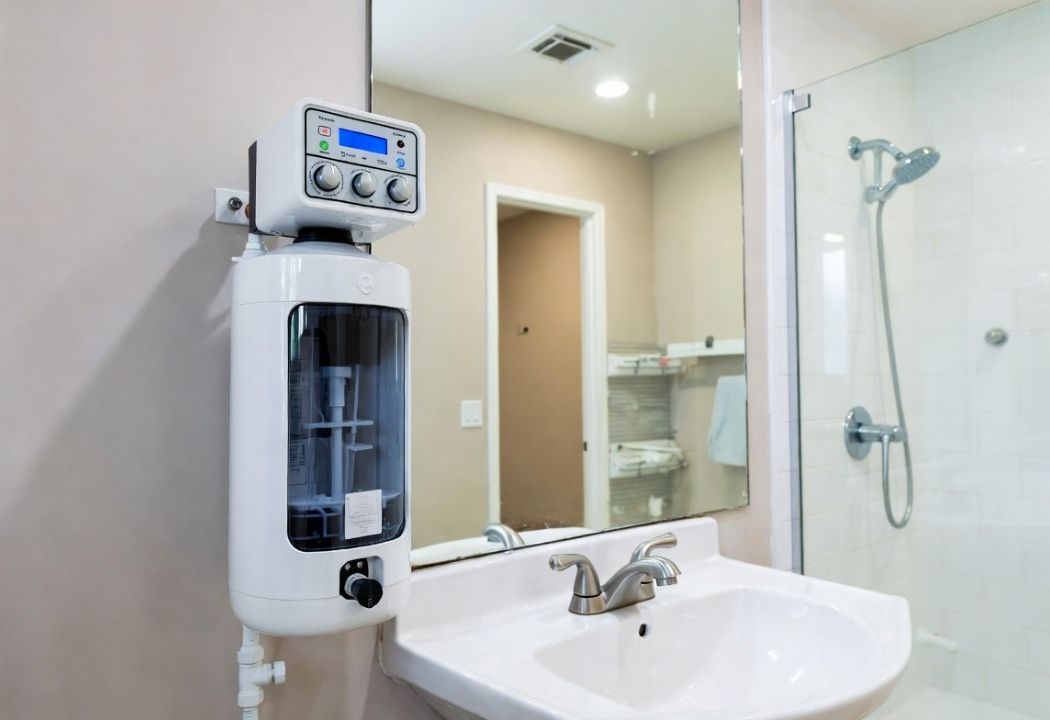Selling furniture, whether you’re running a full-scale business or just clearing out some extra pieces, can be a lucrative endeavor. From beautifully staged photos to understanding which platforms are the best for your target audience, there’s an art to turning your couches, dining tables, and accent chairs into cash.
Whether you’re new to furniture sales or looking to refine your strategy, this guide will walk you through the essentials of selling furniture, focusing on where to sell, how to prepare your pieces, and tips to maximize profitability.
Why Selling Furniture is a Great Opportunity
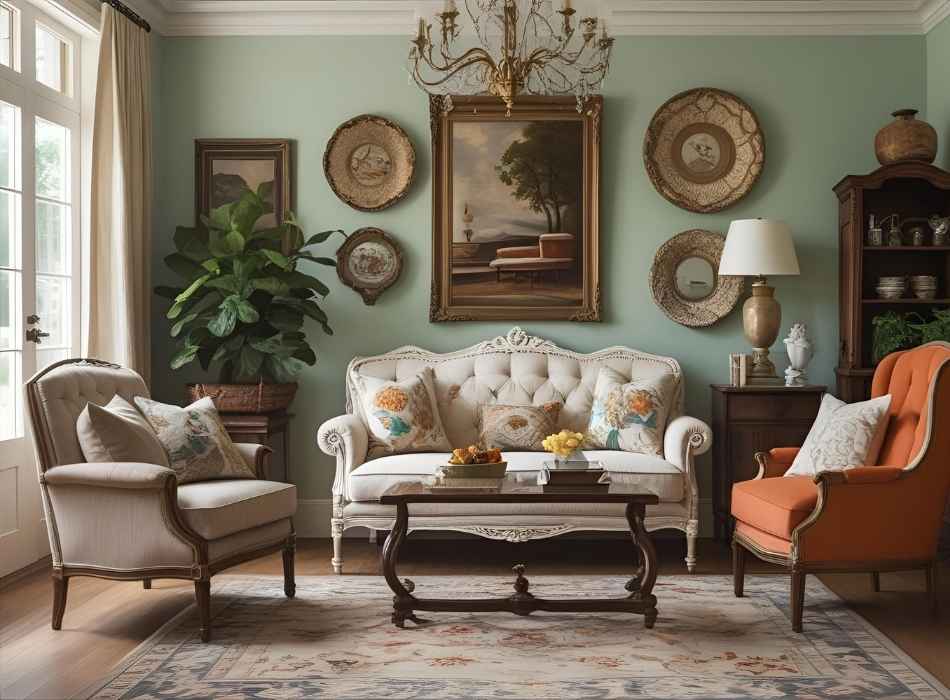
Furniture is an item everyone needs, making it consistently in demand. Whether you’re selling high-end designer items, upcycled thrift store finds, or gently used personal items, there’s a market waiting for what you have to offer.
Key Reasons to Sell Furniture:
- High-Value Products – Even individual pieces can fetch significant sums.
- Broad Market Appeal – There’s furniture to suit every budget, style, and aesthetic.
- Durability – Unlike some products, furniture can hold its resale value well, depending on its condition and quality.
Step 1: Choose the Right Platform to Sell Furniture
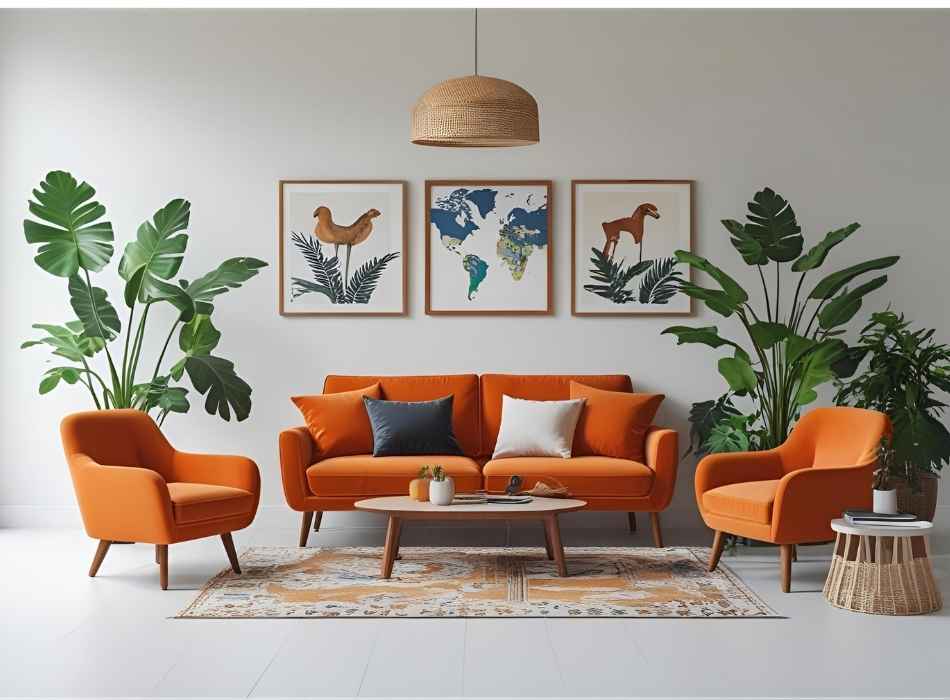
Online Marketplaces:
The internet has opened up an endless marketplace for furniture sales. Here are the pros and cons of popular online platforms:
Facebook Marketplace
- Pros: Free to use; easy to target local buyers.
- Cons: Buyers often negotiate, which can lower selling prices.
- Best For: Both personal furniture sales and casual sellers.
Craigslist
- Pros: No fees involved; excellent for one-off sales.
- Cons: Buyers may be less reliable, and safety can be a concern.
- Best For: Larger or bulkier pieces that local buyers can easily pick up.
eBay
- Pros: Access to a global market; auction-style pricing can drive up value.
- Cons: Shipping large furniture can be a logistical challenge and costly.
- Best For: Smaller, high-value pieces that can be shipped.
Etsy
- Pros: Perfect for creatives offering handmade or unique furniture.
- Cons: Listings need to appeal to a niche market to perform well.
- Best For: Custom, upcycled, or vintage furniture.
Specialty Furniture Websites:
For sellers offering high-end furniture, designer pieces, or curated collections, specialty sites are worth considering:
- Chairish and AptDeco cater to mid- to high-end furniture with convenient delivery services.
- 1stDibs is tailored for high-end designer pieces with a global audience.
Local Options:
Neighborhood-specific apps like Nextdoor allow you to connect with nearby buyers, offering the simplicity of local pick-up without shipping hassles.
Step 2: Prepare Your Furniture for Sale
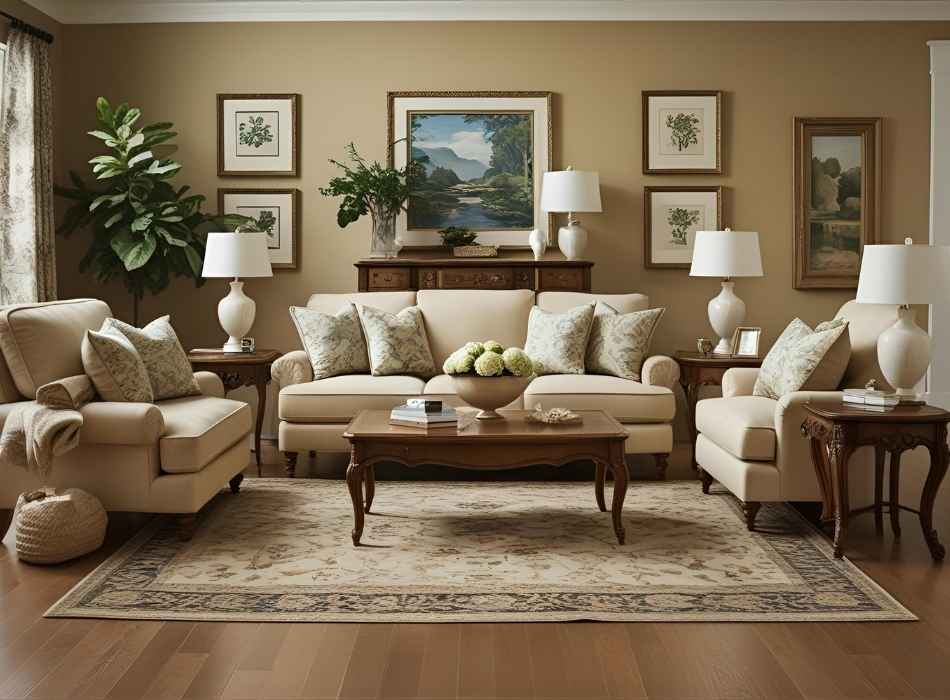
Presentation is everything when it comes to selling furniture. Here’s what you need to do to make your pieces as appealing as possible:
Clean and Restore
- Thoroughly clean your furniture, ensuring there are no visible stains or scratches.
- Use touch-up markers or polish to restore wood surfaces.
- Vacuum upholstered pieces and consider using a fabric cleaner to freshen them up.
Quality Check
- Ensure all parts are in good working condition (e.g., no wobbly legs or jammed drawers).
- For minor damages, consider fixing or repairing them before listing to increase the sale value.
Staging and Photography
- Natural Light: Shoot photos during the day in well-lit areas without cluttered backgrounds.
- Angles Matter: Capture multiple angles (front, side, and detailed close-ups).
- Staged Scenes: Place furniture in a home-like setting to help buyers imagine it in their space.
Write a Standout Description
- Include accurate measurements and details such as material, brand, or age of the item.
- Mention unique or premium features (e.g., “solid oak,” “mid-century modern,” “custom design”).
- Honestly highlight its overall condition to set realistic buyer expectations.
Example Description:
“Mid-century modern coffee table in excellent condition. Features a polished walnut finish with sleek tapered legs. Dimensions are 36” x 20” x 18”. Ideal for living rooms or compact spaces.”
Step 3: Price Your Furniture Correctly
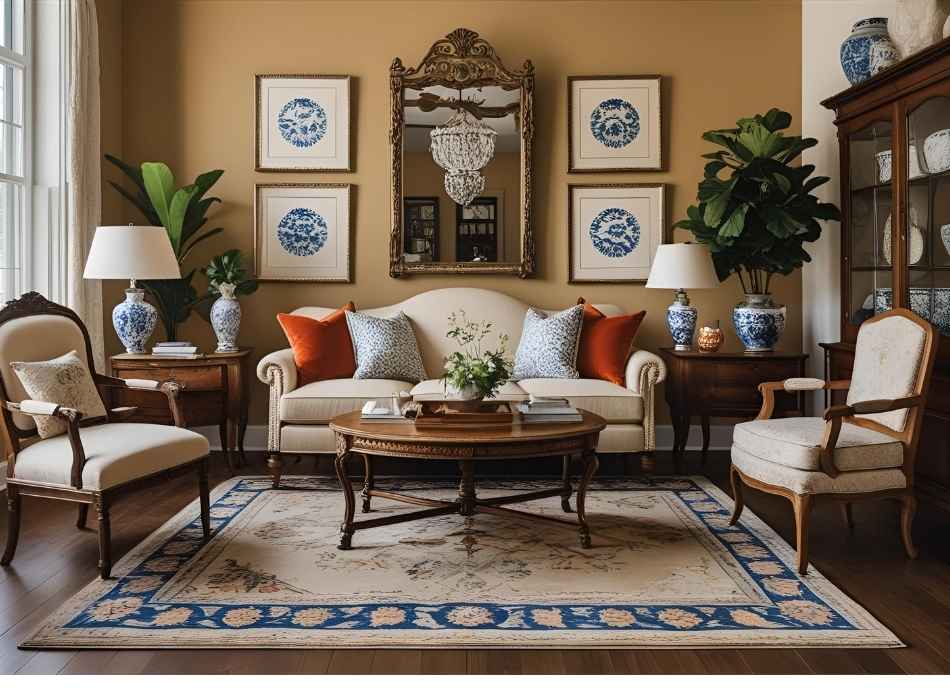
Research Market Value
Before pricing, look at similar items online to gauge the market’s going rate. Factors such as age, brand, and condition will influence the price.
Pricing Tips:
- For secondhand items, pricing generally ranges between 25%-50% of the piece’s original retail value.
- High-demand or designer pieces (e.g., West Elm, Crate & Barrel) often retain a higher resale value.
- Set slightly higher prices to leave room for negotiation, but remain competitive.
Step 4: Create Engaging Listings

Your listing is the first thing potential customers see, so make sure it stands out:
- Catchy Title Example:
“Modern L-Shaped Sectional Sofa | Gently Used | Perfect for Cozy Spaces”
- Detail-Oriented Description with clear measurements and condition notes.
- Highlight Features like brand names or unique attributes (e.g., “adjustable recliner,” “custom-built frame”).
Step 5: Master the Art of Negotiation
Buyers often expect wiggle room, especially in secondhand sales. Be prepared to negotiate, but know your boundaries.
Dos and Don’ts of Negotiating:
- Do respond professionally to offers, even if lowball.
- Do stay firm and back your asking price with features or quality.
- Don’t price drop purely out of impatience. If the item is of good quality, hold firm for the right buyer.
Step 6: Ensure a Smooth Transaction

Once you’ve agreed on a price, the final step is closing the sale.
Local Sales:
- Meet in a public, safe area if possible.
- Accept secure payment methods (cash or mobile payment apps like Venmo or PayPal).
Shipping Larger Items:
- Confirm shipping costs with the buyer before finalizing the transaction.
- Use reliable shipping companies and provide tracking numbers.
Pro Tip:
If you’re selling consistently, consider partnerships with furniture delivery services like TaskRabbit for seamless logistics.
Final Thoughts on Selling Furniture
Selling furniture isn’t just about offloading items you no longer need. It’s a skill that can turn unused resources into profit. From selecting the right platform to crafting the perfect listing, the process is as much about strategy as it is about the furniture itself.
Looking to make selling even easier? Start by decluttering and photographing your collection. And if selling online feels overwhelming, start with your local neighborhood to gain experience.
Now it’s time to get selling! With these steps, you’ll have buyers knocking on your door in no time.







